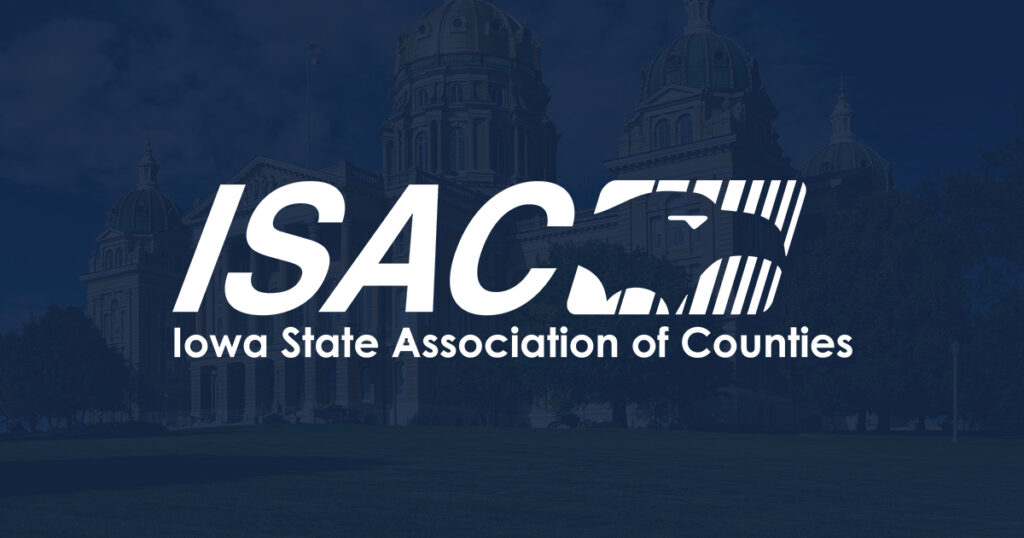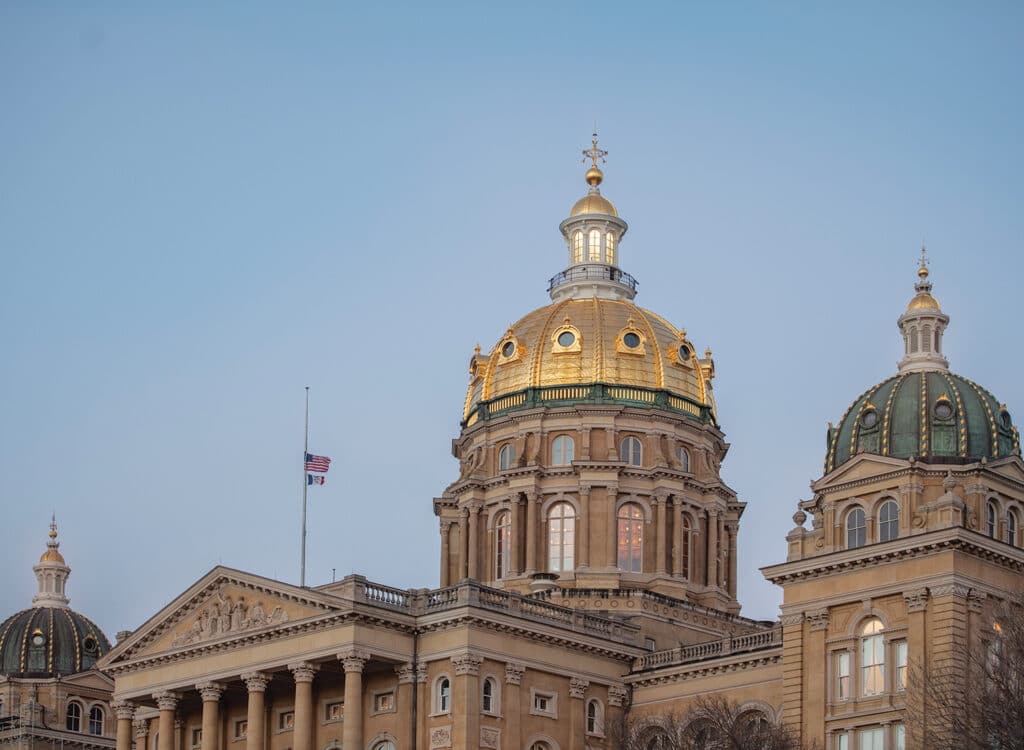At issue: What is a happy level for U.S. unemployment?

Most of the damage inflicted on the U.S. labor market by the recession is reversible, according to Federal Reserve research, leaving open the possibility that additional stimulus will be effective in reducing joblessness, Bloomberg reported.
About one-third, or 1.5 percentage points, of the jump in unemployment from 5 percent as the economic slump began to its 10 percent peak in October 2009 can be traced to a mismatch between the supply of labor and job openings, according to a study by the Federal Reserve Bank of New York.
That leaves the remainder due mainly to a lack of demand, Bloomberg said.
“There is still considerable weakness in the labor market,” Aysegul Sahin, one of the authors of the study and a New York Fed economist, told Bloomberg. “We see that the weakness in the labor market is not specific to certain groups, such as certain occupations or certain locations. This points to a case where labor market weakness can be attributable to the overall weakness in the economy.”
That conclusion goes to the heart of a debate pitting economists at banks such as UBS Securities LLC and Barclays PLC, against the Federal Reserve. The UBS and Barclays bankers say the economy has fundamentally changed.
A permanent shift would mean policymakers applying additional stimulus risk spurring inflation by driving unemployment down too far too quickly, while a temporary dislocation would indicate more can be done, Bloomberg said.
“There is a structural unemployment problem in the U.S.,” said UBS economist Drew Matus. “The best the economy can do, even if it is performing well, is an unemployment rate that is probably significantly higher than it was pre-crisis.”
He places the new equilibrium level of U.S. joblessness in the range of 7 percent to 8 percent.
Federal Reserve research, on the other hand, suggests this so-called natural rate of unemployment may be as low as 6 percent. Even that level could come down more as the economy heals, according to research by Sahin and colleagues at the San Francisco Federal Reserve Bank, Bloomberg said.










